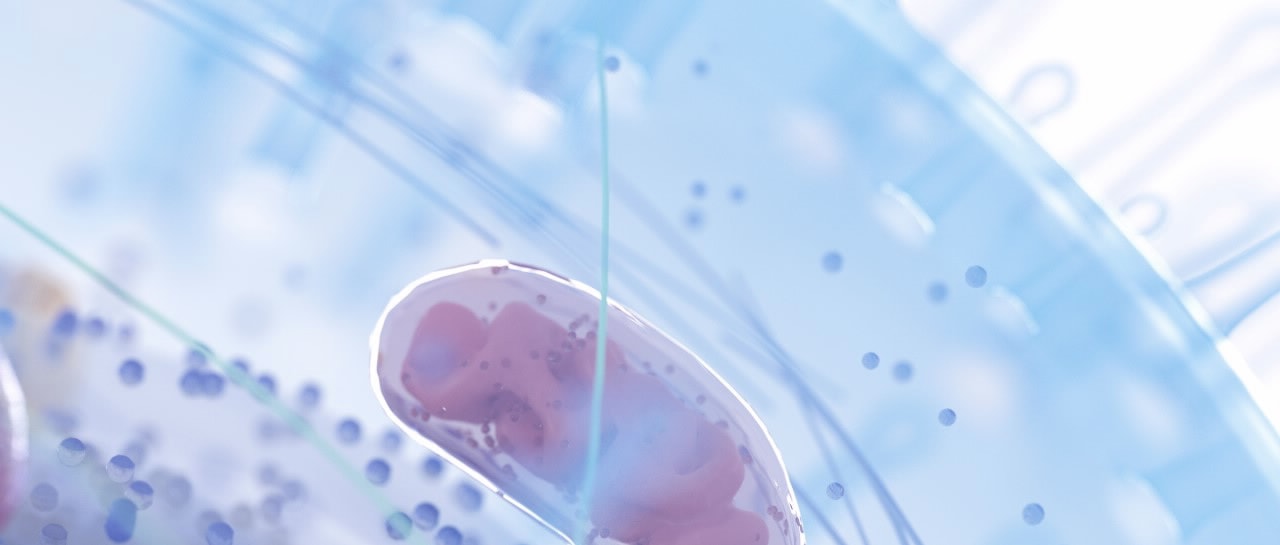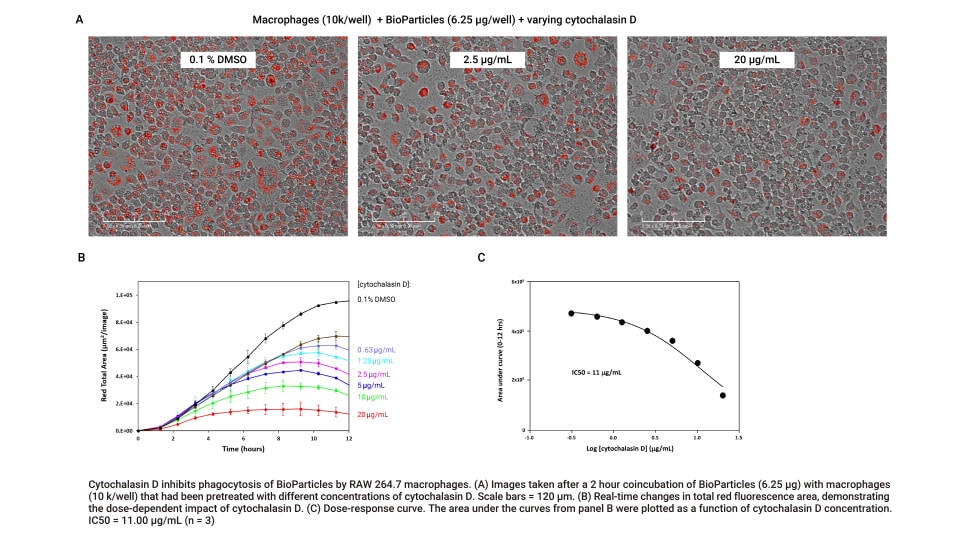Effectively Quantify Which Microorganisms Are Killed by Phagocytosis in Real Time
Typical phagocytosis assays require significant manual handling time and provide limited endpoint data. With the xCELLigence RTCA eSight, gain deeper insights into the rate and level of engulfment of pathogens (i.e., bacteria). The easy mix-and-read assay provides insightful real-time analysis and visualization of gram-negative or gram-positive bacteria. Upon entering the acidic phagosome, fluorescence increases, allowing for rapid and automated monitoring of internalization.






